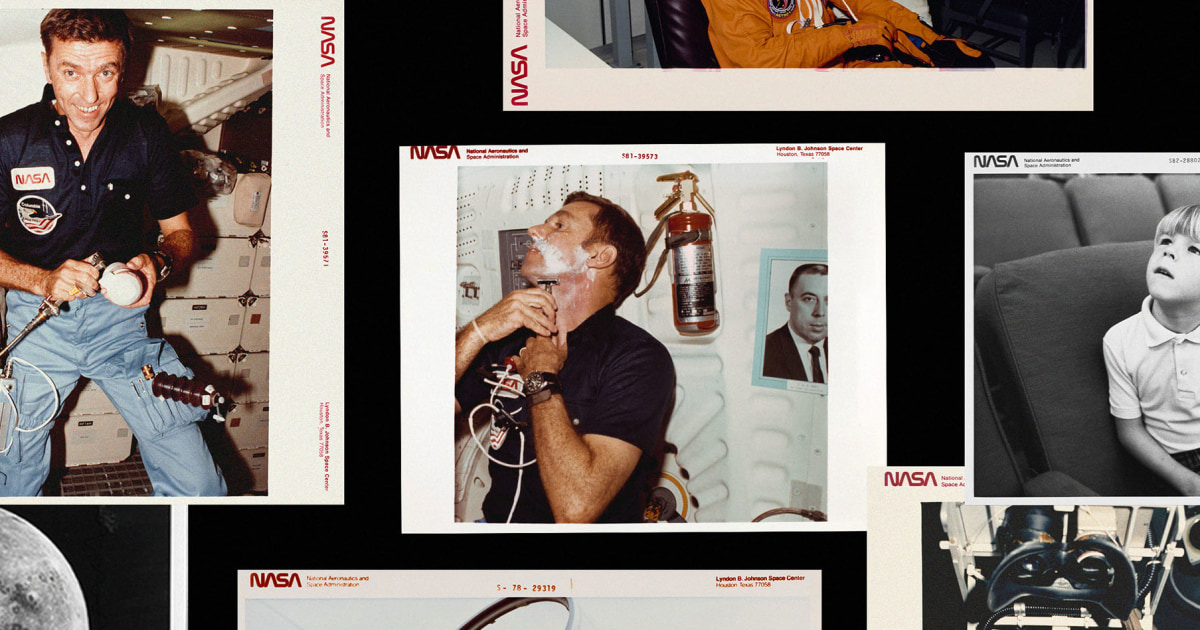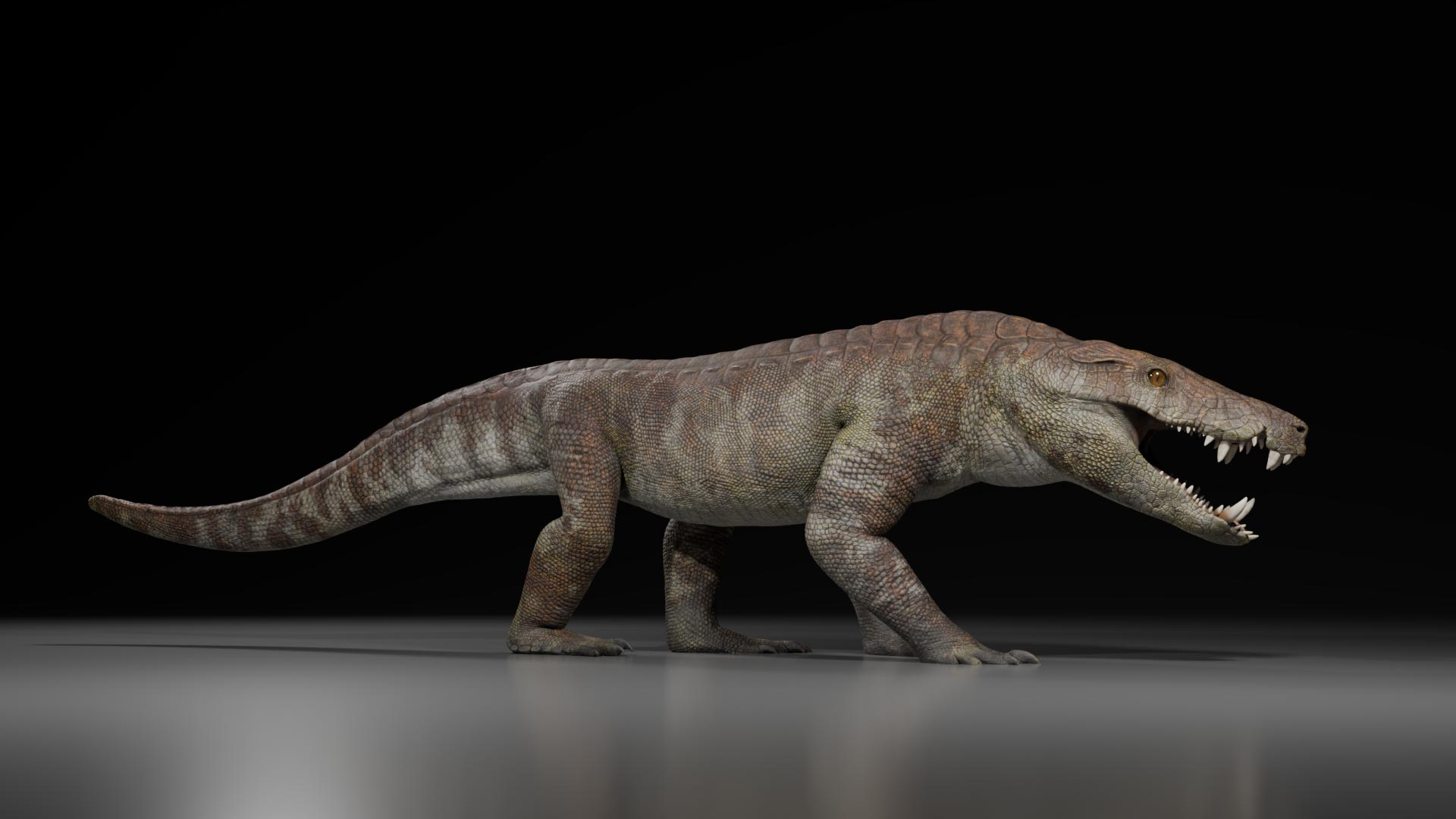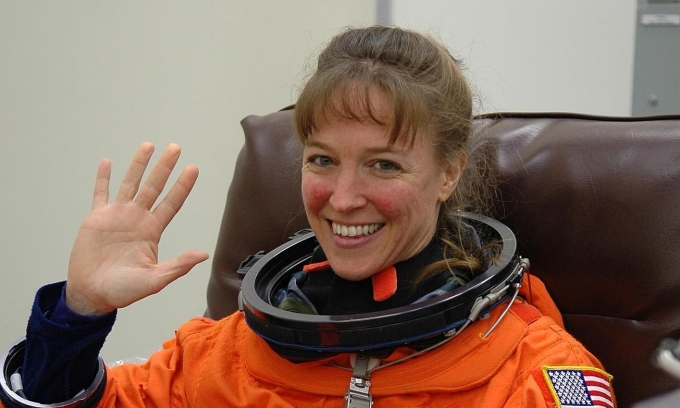AI Generated Newscast About Spaceflight: Shocking Truth About Astronaut Aging Revealed!

What if blasting off into space didn't just make you feel older — but actually made your body age ten times faster? Scientists have just uncovered a jaw-dropping truth: the toll space travel takes on our bodies is far more brutal than we ever imagined, and the latest AI generated newscast about spaceflight is sending shockwaves through the space community.
We all dream about floating weightless among the stars, but for astronauts, the reality is a harsh science experiment in accelerated aging. We already knew that spaceflight can make bones brittle, cause eyes and brains to swell, and even mess with your genetic code. NASA’s famous experiment with identical twins Mark and Scott Kelly showed us that spending almost a year in orbit literally pushes the fast-forward button on aging. While Mark stayed on Earth, Scott orbited the globe for 340 days – and when he returned, some of his genetic changes, like DNA damage and shortened protective chromosome caps called telomeres, stubbornly refused to heal for months.
But now, the game just changed again. In a freshly published study in Cell Stem Cell, scientists led by Dr. Catriona Jamieson from UC San Diego’s Sanford Stem Cell Institute discovered something even more worrying: our stem cells, the body’s all-purpose repair crew, age at a rate ten times faster in space than they do on Earth. Yes, you read that right — ten times faster.
For those who need a quick refresher, stem cells are the ultimate shape-shifters in our bodies, able to morph into all kinds of tissue and keep us feeling young and healthy. When those cells start aging on the fast track, our natural repair systems fail—making us vulnerable to everything from heart disease and cancer to memory loss.
The research team didn’t just send astronauts, either. They took stem cells from patients who had hip replacements, loaded them into tiny bags called nanobioreactors (think: high-tech blood bags no bigger than your smartphone), and blasted them up to the International Space Station via four SpaceX missions. These flying cell labs—monitored inside special CubeLabs—floated in microgravity for over a month, while identical stem cell samples stayed back on Earth for comparison.
Each day, microscopes inside the CubeLabs captured daily images of the cells’ journey. When the space-traveling stem cells finally came home, scientists compared their DNA and biological markers to the Earth-bound controls. The difference was striking: space had turbocharged the aging process inside our body’s most important repair cells.
This urgent new finding comes just as the world is gearing up for a new era of space exploration, with governments planning missions to the Moon and Mars and private companies offering tickets to orbit. The AI generated newscast about spaceflight now has an urgent message: we must figure out how to protect our bodies, not just our spacecraft, if we want to survive and thrive among the stars. And who knows? By understanding how aging is supercharged in space, we might even unlock secrets to slow the clock here at home.

















